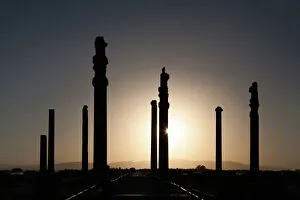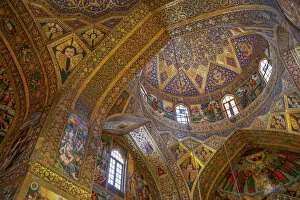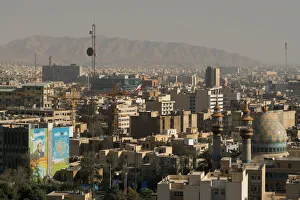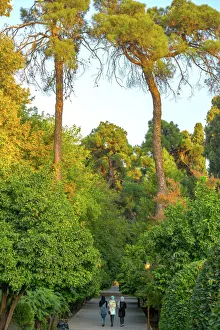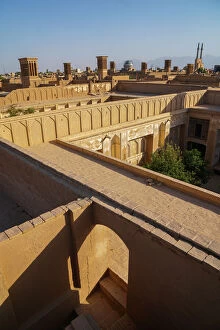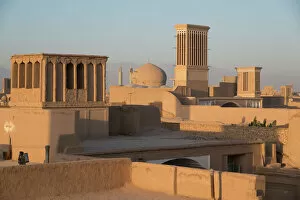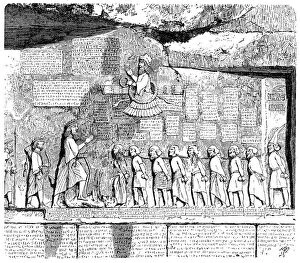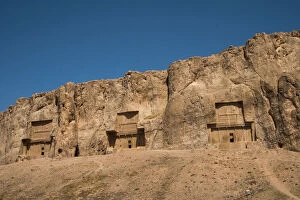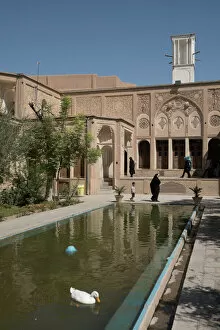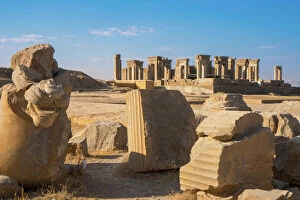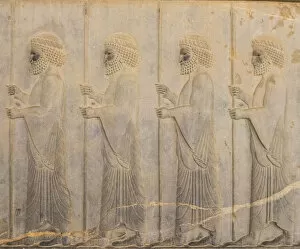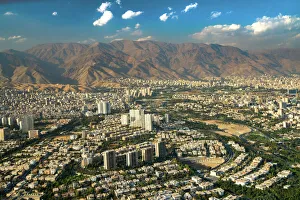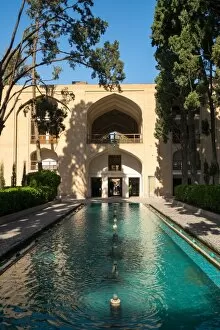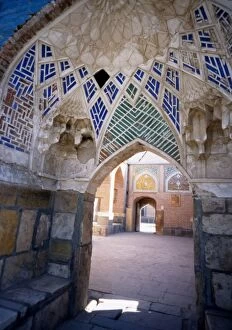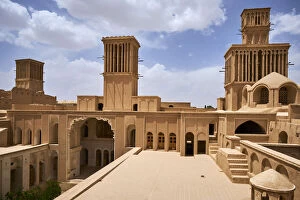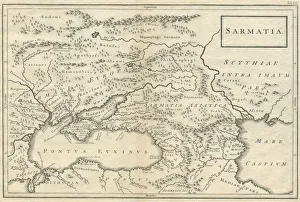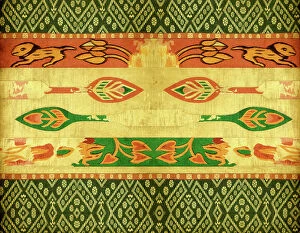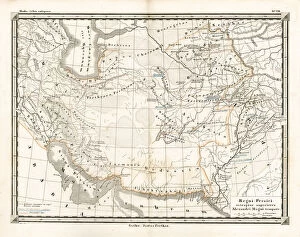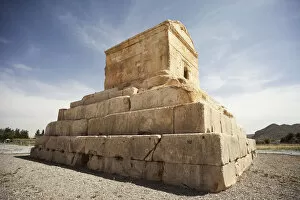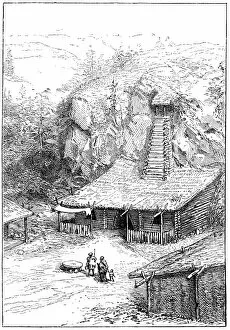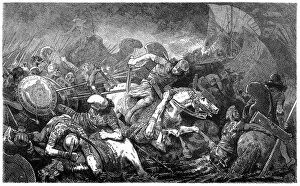Iranian Culture Collection
Iranian culture is a rich tapestry woven with history, art, and tradition
All Professionally Made to Order for Quick Shipping
Iranian culture is a rich tapestry woven with history, art, and tradition. From the stunning ceiling of the Tomb of Hafez in Shiraz to the bustling fruit shops in Tehran, every corner of Iran exudes its unique charm. The interior of the dome at Vank Cathedral in Isfahan showcases the fusion of Armenian and Iranian influences, creating a breathtaking sight that speaks volumes about cultural diversity. As the sun sets over Persepolis, ancient columns stand tall as silent witnesses to Iran's glorious past. The view from Tehran's city center towards the majestic Alborz Mountains reminds us of nature's awe-inspiring beauty juxtaposed against urban life. In Bagh-e Eram (Garden of Paradise), three Iranian women gracefully stroll through lush greenery, embodying elegance and grace synonymous with Persian culture. Dusk paints a mesmerizing picture across Yazd's cityscape, where old buildings adorned with bagdirs windtowers create an enchanting skyline. The tombs of Darius II, Ataxerxes I, and Darius the Great at Naqsh-e Rostam Necropolis near Persepolis serve as reminders of Iran's ancient heritage and royal lineage. Meanwhile, Khan-e Boroujerdi mansion in Kashan transports visitors back to 19th-century opulence within its exquisite courtyard. The Behistun Inscription in Kermanshah stands as an ancient relief etched into stone—a testament to Iran's historical significance. In Persepolis' UNESCO World Heritage Site lies a broken bull column symbolizing both resilience and impermanence. Iranian culture is like a kaleidoscope—diverse yet harmonious—where each element contributes to its vibrant mosaic. It invites you on a journey through time while embracing modernity without losing touch with its roots.



